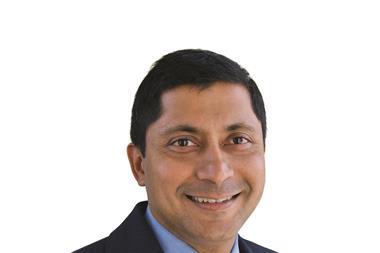Sovereign wealth funds in the Middle East are struggling with the same problems as Western investors, looking for yield, and one possible solution is more “factor-based” asset allocation.
Rania Azmi, adviser to one of the world’s largest sovereign wealth funds, told delegates at the IPE Conference and Awards in Vienna that it had become ”difficult for the traditional asset allocation” based on regional themes or certain asset classes.
“Instead, funds are looking at what the risk appetite would be for each allocation, and there are some models trying to get closer to these ideas,” she said.
Another factor is the “new normal”, which Azmi said investors must “accept and invest accordingly”.
She quoted a study by a SWF showing that active management did not deliver in this “new normal”, and this was a result to be factored into the asset allocation.
Based on the assessment of risk-factors, SWFs from the Middle East – which have traditionally invested with a bias towards the Western economies such as the US and Europe – have shifted their focus to include Asia as well as domestic investments.
“But this might change again over time,” Azmi said.
Another risk-factor taken into account is innovation and future generations – but Azmi added that the “model for SWFs, how they look at future generations, differs from country to country”.
She added that the funds mainly exist to diversify oil reserves and maintain a high quality for life, especially in the Gulf States.
Some money is used to train young people when they graduate, but some people are calling for a more direct use to help future generations.
As for innovation and new technologies, there are specialised investors such as infrastructure funds mostly launched by governments.
“Other investors refrain a little from investing in future technologies because it does not match their criteria for volatility and return, at least over the mid-term,” Azmi said.
She told investors looking at the Middle Eastern region that not everything could be judged from the formal statistics.
“The informal economy in the region is mostly overlooked by foreign investors, but this is where the potential is,” she said.










No comments yet